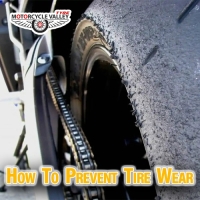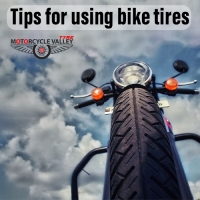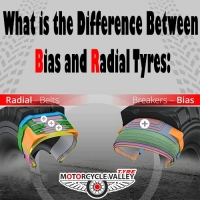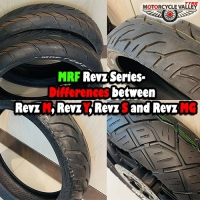What is the Difference between Bias and Radial Tyres:
What is the Difference between Bias and Radial Tyres:
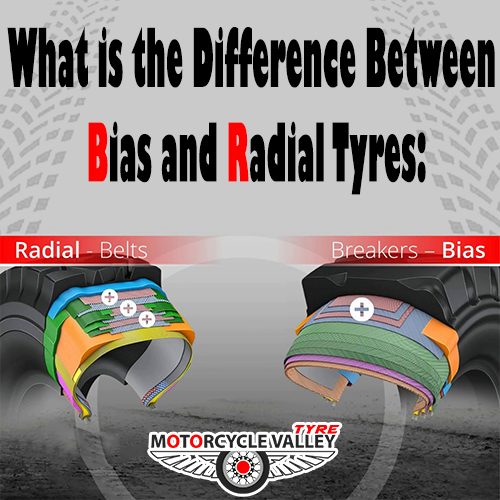
There are two types of tyres we see around; they are Radial and Bias. People becomes quercous about the difference before starting using them, they want to know whether the only difference is only between outlook and compound? Or the real differences are in other matters? Actually, the real difference between radial and bias tyres are in the manufacturing compound, the tread and the belt with which the tyres are woven. However, many things change due to this manufacturing difference. The significant differences between these two are highlighted below.
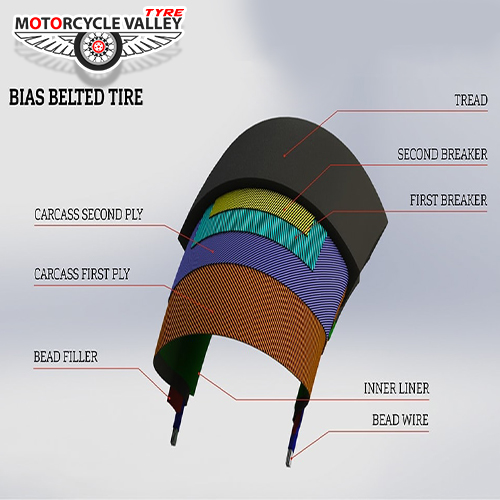
Bias Ply Tyres:
- A bias or bias-ply tyre is made using nylon belts that are laid from one end to the other in a crisscross pattern or crosswise, usually at a 30- or 40-degree angle.
- Most bias ply tyres are woven in 4 layers, which means they have 4 layers of cord.
- 6 ply, 8 ply and 10 ply are available only for heavy vehicles i.e., bus and trucks.
- Both the sidewall and the tread are supported by the same reinforcing ply, which helps the tire to grip the ground more efficiently.
- Easy to repair due to nylon fiber cord.
- This type of tyre can carry quite a lot of loads.
- Gets a bit hard after long-term use but less expensive.
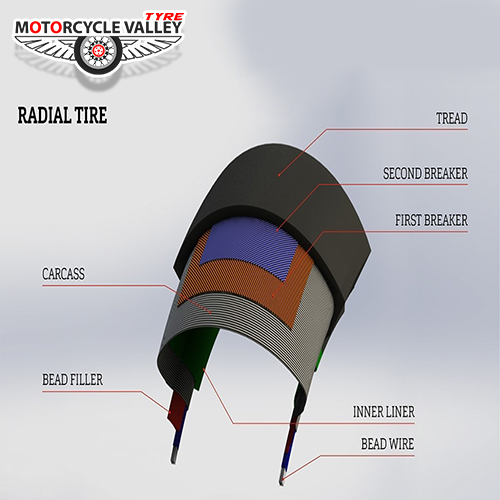
Radial Tyres:
- In radial tyres, reinforcing steel belts are used at 90-degree angles and each ply lies one below the other and is straight, not a crisscross pattern like a bias tire.
- Radial plies are made as strong as possible using steel, nylon, Kevlar and other materials.
- More rubber is applied on the belt than on the bias to create the tread.
- Sidewall and tread are completely separate parts, no fitting together to the rolling part of the tyre like bias tyres.
- Can take less load than Bias, but is very strong and durable.
- The price is a bit high, but the mileage is good.
- Good grip due to construction type and excellent cornering.
These two types of tyres differ in particular areas of use and performance. That is why it is important to choose tyres by considering your own needs, the type of bike, the road on which the bike will be ridden or the weight it will carry with. On the whole, the outlook also matters as well.
Is this tips helpful?
Rate count: 1Ratings:

Tyre Tips
Tires are relatively expensive among the spare parts of a bike, and if you want to use a tire for a long time, you need to fol...
English BanglaIf you want good braking and balance form your bike then tires play a very important role in here, and if you noticed, you wil...
English BanglaAt present, a question arises among many people if the bike tyres are heavy or if the size is changed a little does it affects...
English BanglaThere are two types of tyres we see around; they are Radial and Bias. People becomes quercous about the difference before star...
English BanglaNowadays many of us are looking for radial tyres. Users know the benefits of these tyres and several brands bring these radial...
English Bangla
